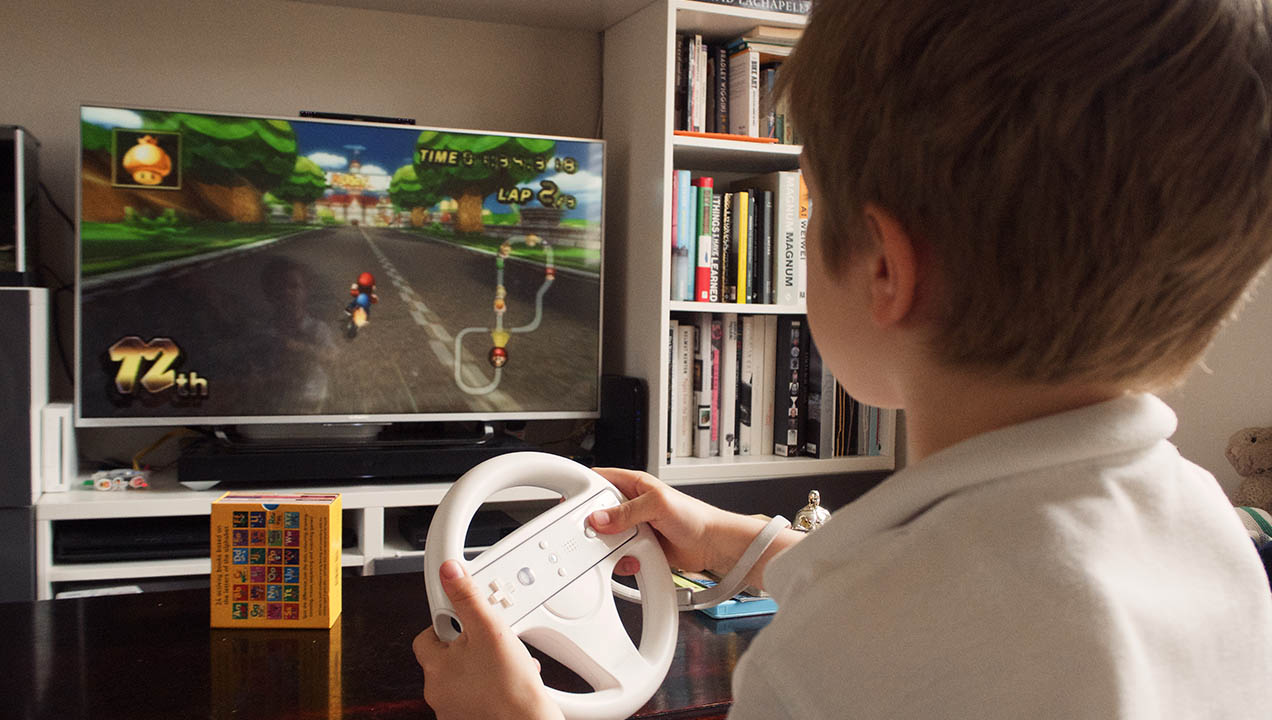Tips for conducting research with children
An Ofcom report during 2014 heralded the ubiquity of technology amongst children, with 71% of children having access to a tablet computer at home. We’ve seen this trend continue in our research since then, with the increasing availability of budget tablets and smartphones, some of which are specifically tailored to younger audiences.
This increased technology use creates more need to research with children. This is always fascinating as their starting point and capabilities are so different from preceding generations. However, there are a number of ethical, legal and practical considerations to doing this successfully.
Planning
If you want to plan effective studies, learn about child development
- The younger the audience the more important it is to have a basic awareness of the capabilities and communication styles of those you are studying. This impacts on how as well as what you study. For example, questionnaires may be a natural part of the research toolkit for older audiences, but they don’t work well for primary school ages and younger.
- Find yourself a primer such as that produced by LEGO, or even a free online course at the Open University.
Keep groups small and avoid mixing ages
- A year is a long time in the life of a child. They can feel intimidated by those only a year or two older and it’s difficult to pitch the session language and activities at the right level if the age bands are too broad.
- Overall, it’s more productive to keep to narrowly age-banded groups if possible.
- Consider using friendship pairs or triads. This ‘safety in numbers’ can make kids less likely to get stage fright.
Don’t make research sessions too long
- Session length can increase with age, but the session format and topic are also key factors as longer sessions are possible if the format is natural to them (e.g. playing and discussing a game they’re familiar with).
- Aim to keep sessions to 30 minutes or fewer for pre-school ages. Within sessions, prioritize and mix task orders where possible to counter fatigue.
Be prepared to improvize
- It’s great to plan your approach, but you must be prepared to improvize and adapt, as the session progresses.
- It may be helpful to prepare more than one approach, so you can adapt to changing situations on the fly and improvize, to get the most from the session.
But don’t be blind to factors beyond age
- Other factors can have a big influence too. For example, children’s use of technology may be heavily influenced by the extent it is regulated by parents.
- When formulating recruitment criteria, consider household influencers on the research topic.
Be aware of the law
- In the UK those working with children may need to undergo criminal records checks via the Disclosure and Barring Service (DBS). In theory, many research activities may not need this (due to the presence of a parent), but many organizations, such as the BBC require it anyway for research with children.
- Check for locally applicable laws and any client policies around working with children.
Consider research at home or school
- This may be less intimidating for children and might open up more time for research, as you’ll be travelling rather than the children. Schools can become valuable partners in research, particularly if there is an educational dimension to what’s being researched. Fundraising opportunities are always welcome and secondary schools often welcome links with the commercial world to support education.
- If you are thinking of school-based research, plan ahead as it takes time to build these links and trust.
Scheduling sessions
Be aware of industry guidelines
- Market research recruiters follow MRS guidelines when recruiting children. Research sessions should not interfere with school and should not be too late in the evening (tiredness makes late sessions a bad idea anyway).
Schedule research for late afternoon/early evening, or at the weekends
- Better still, check for school holidays around the research, as you can be far more flexible then.
Be sensitive about scheduling contingency sessions for children
- While adults are often happy to be paid and not participate, it can be devastating for children. Being asked to take part in research can be exciting, particularly if it’s for something they use.
- If you recruit for a slot, run it wherever possible and never use floating spares for sessions with children.
Arriving at research
Allow time to settle before the session starts
- A research facility is likely to be an unfamiliar and possibly exciting new environment for the children.
- Allow at least 10 minutes to become comfortable, to settle and for you to explain what is happening to parent and child.
Make your facility reception child friendly
- This may be an intimidating new environment, so anything that signifies that children are welcome can help set them at ease.
- Make the reception more child friendly with some magazines and a friendly face at the reception desk. Access to Wi-Fi can also help occupy young minds before the session starts.
Look out for distractions in the research room
- You’re going to need the child’s attention when they come in to start research. They may be excited and stimulated by a new environment.
- When setting up the room beforehand, think about what could distract them. e.g. avoid seating them within field of gaze of a one-way mirror and remove test devices from sight until needed.

During the session
For groups, set the atmosphere first and start with something easy
- Children are unlikely to have been in an environment where adults are asking them to complete tasks and provide opinions about it. Anxiety may also result in excited behavior.
- The atmosphere needs to be calm and they need guidance on structure and basic rules about listening and when to contribute. Starting with a simple activity that everyone can achieve is a great way to settle them, allowing them to feel confident and reassured.
Make it fun for younger children
- If the session format is engaging, it’s going to be possible to cover more during the session.
- Make exercises age-appropriate, for example use smileys for ranking exercises with young children, or get them to express themselves through drawing. Language should also be kept simple.
Use words that children can understand
- Attempt to match your language with the kids’ (particularly nouns). This may mean you refer or point to ‘things’ until they fill the gaps, then you can gradually adopt their descriptive terms.
- If running sessions with slightly older children, resist the temptation to sound young and cool – you’re more likely to sound foolish than ‘down with the kids’.
Pay particular attention to body language
- Children are less likely to verbalize their feelings than adults as they’ve yet to develop the vocabulary to do so. They also don’t mask behavior well. This is particularly important as adult researchers will be seen as authority figures by the child, so there may be a tendency to give the right answers to questions such as ‘did you like..?’
- Watch for facial expression, posture and level of attention during activities. In particular, observers should prioritize watching over listening when taking notes.
Reassure participants that their input it useful
- This reduces anxiety and increases the motivation to be helpful. However, be careful that this doesn’t imply you’re looking for a particular correct answer.
- Provide positive feedback, but keep praise realistic and don’t go over the top.
Expect distractions and tangents – bring back on task carefully
- Allow for the unexpected in your timings. Allowing children to explore in their own way can be rewarding, and it’s natural that younger children in particular may lose focus during sessions.
- When they lose focus, engage with them naturally before bringing them back onto the activity, otherwise it may feel like disciplining and become a distraction in itself.
They may you ask for help
- School is the closest experience they’ll have to the research session. If they get stuck, they may seek adult help.
- If they seek help, ask them what they think they should do in order to understand thought processing. Involving friendship pairs in research can also be helpful as they can assist each other, with their conversation giving you interesting insights into their strategies.
Don’t ignore the parent for research with younger children
- They typically attend to chaperone the child, but also play an important role as technology gatekeepers for example by setting rules of access. They may also collaboratively use the services being reviewed with the child (particularly for younger age groups). They’re important, and their presence can also result in different behavior in the child if they know their parent is watching
- Recognize the opportunity to gather data either via background interview or questionnaire. Though be careful to do so in a way which doesn’t influence the responses of the child.
Post research
Financial incentives should go to the parent
- Financial incentives are important to ensure that parents bring their children to the research, but children often have other motivations. For example, there may be kudos and excitement associated with helping a particular brand.
- An appropriate game or voucher can be a good way of saying thank you. Stickers and certificates can also be useful.
Remember they may be young, but they may live their lives on social media
- Sharing an update of an exciting event is natural for older children, so watch for this if confidentiality is a concern.
- A social media check after sessions can catch innocent tweets. If you do find these, get in touch to ask them to take them down, but do it nicely, we don’t normally see any ill intent.
